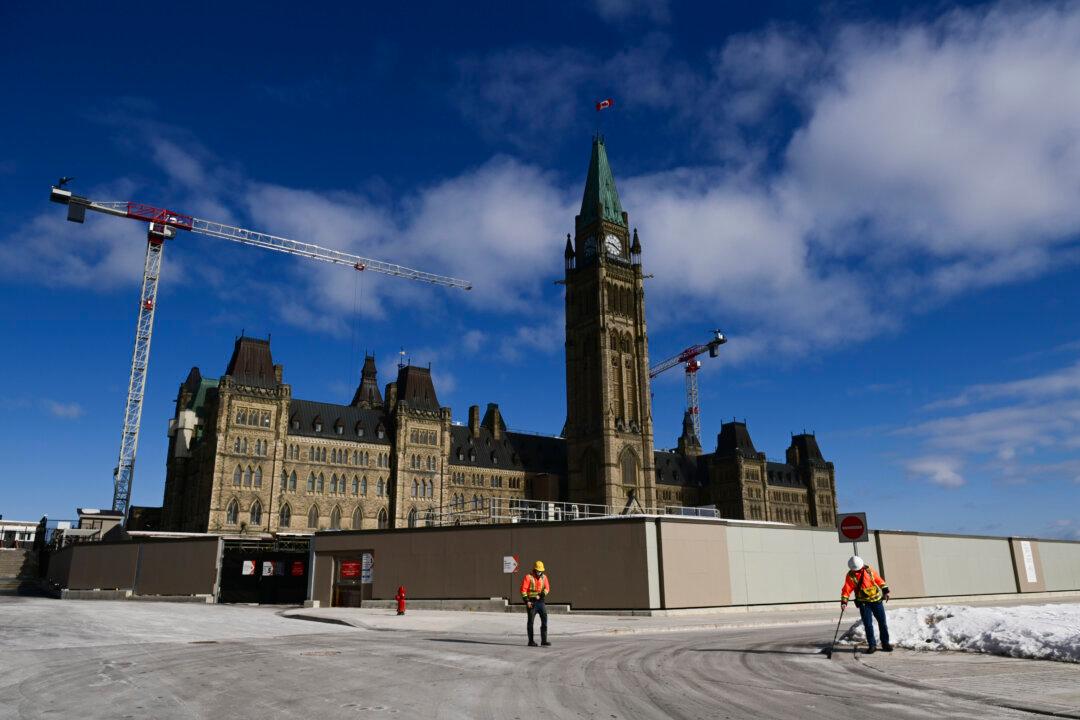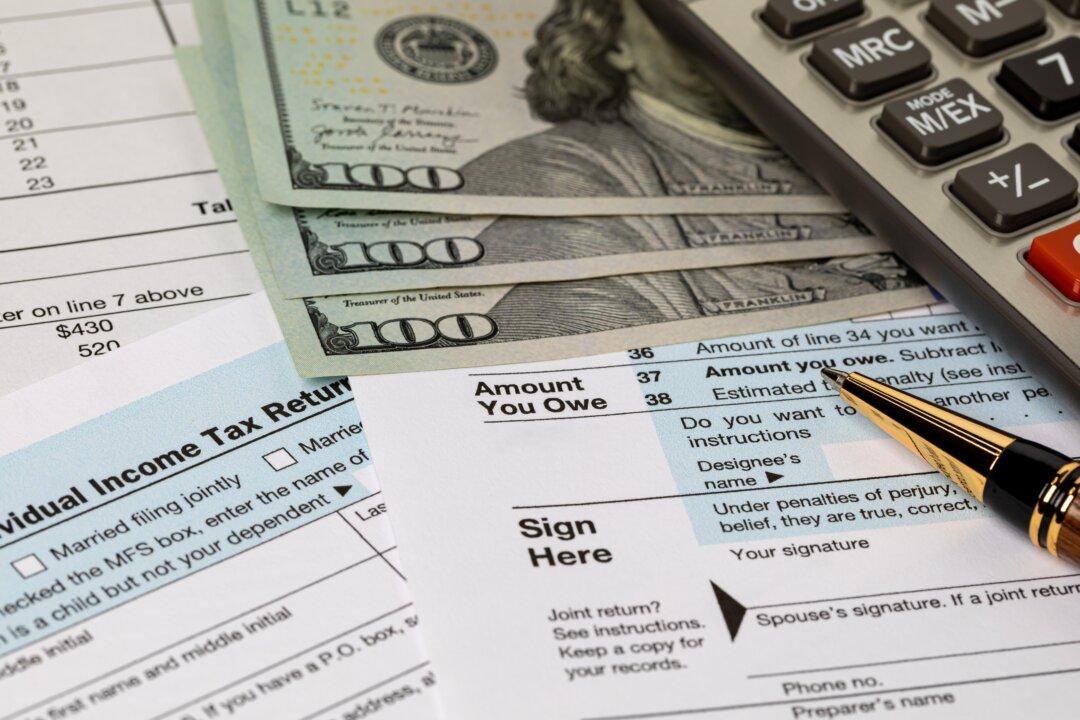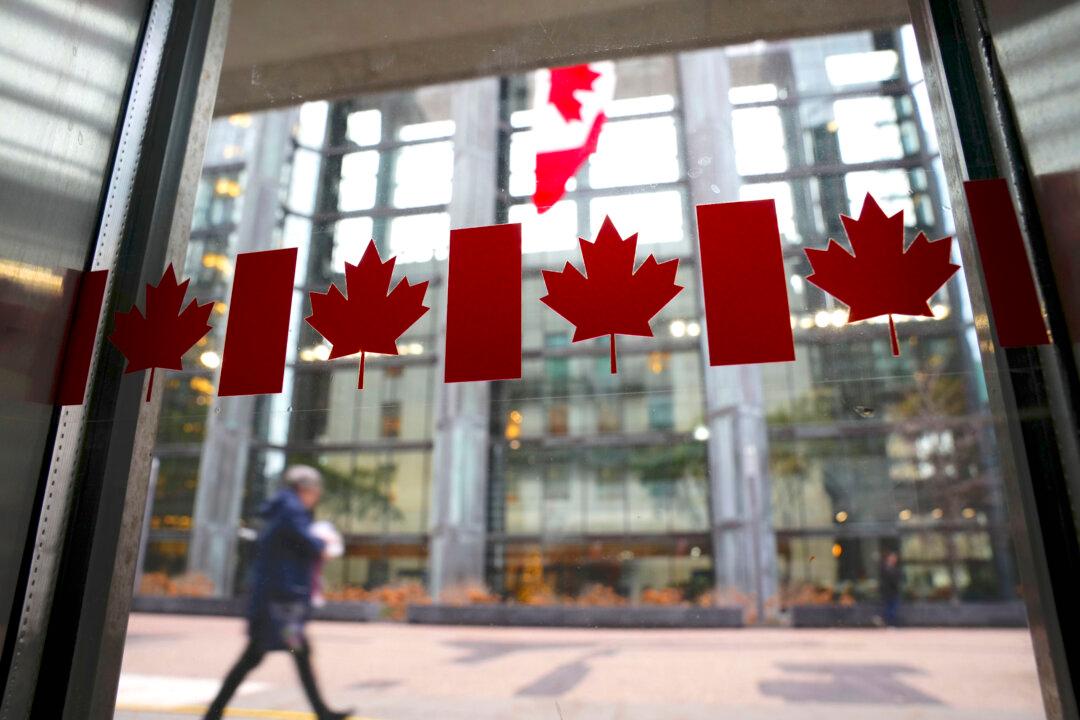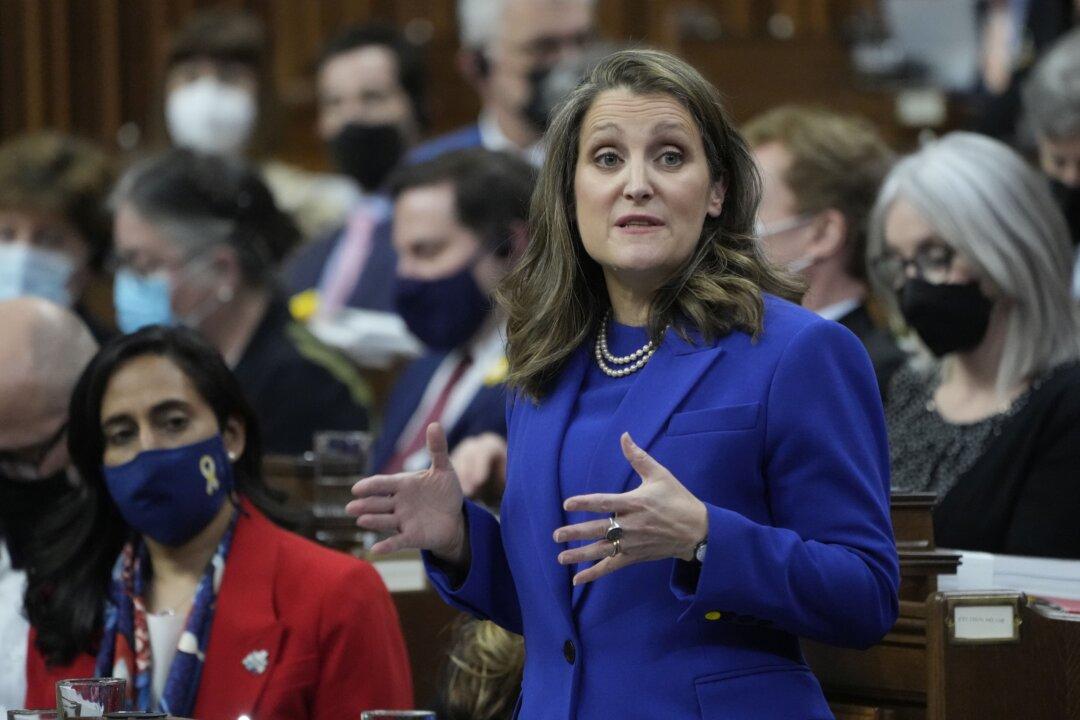Commentary
Back in 2015, Justin Trudeau was elected prime minister in part because of his different disposition compared to then-prime minister Stephen Harper. It was not Trudeau’s experience in government, which was limited, nor his experience in business, which was non-existent, that led the Liberals to victory, but rather his exuding optimism that differentiated him from the other party leaders.






